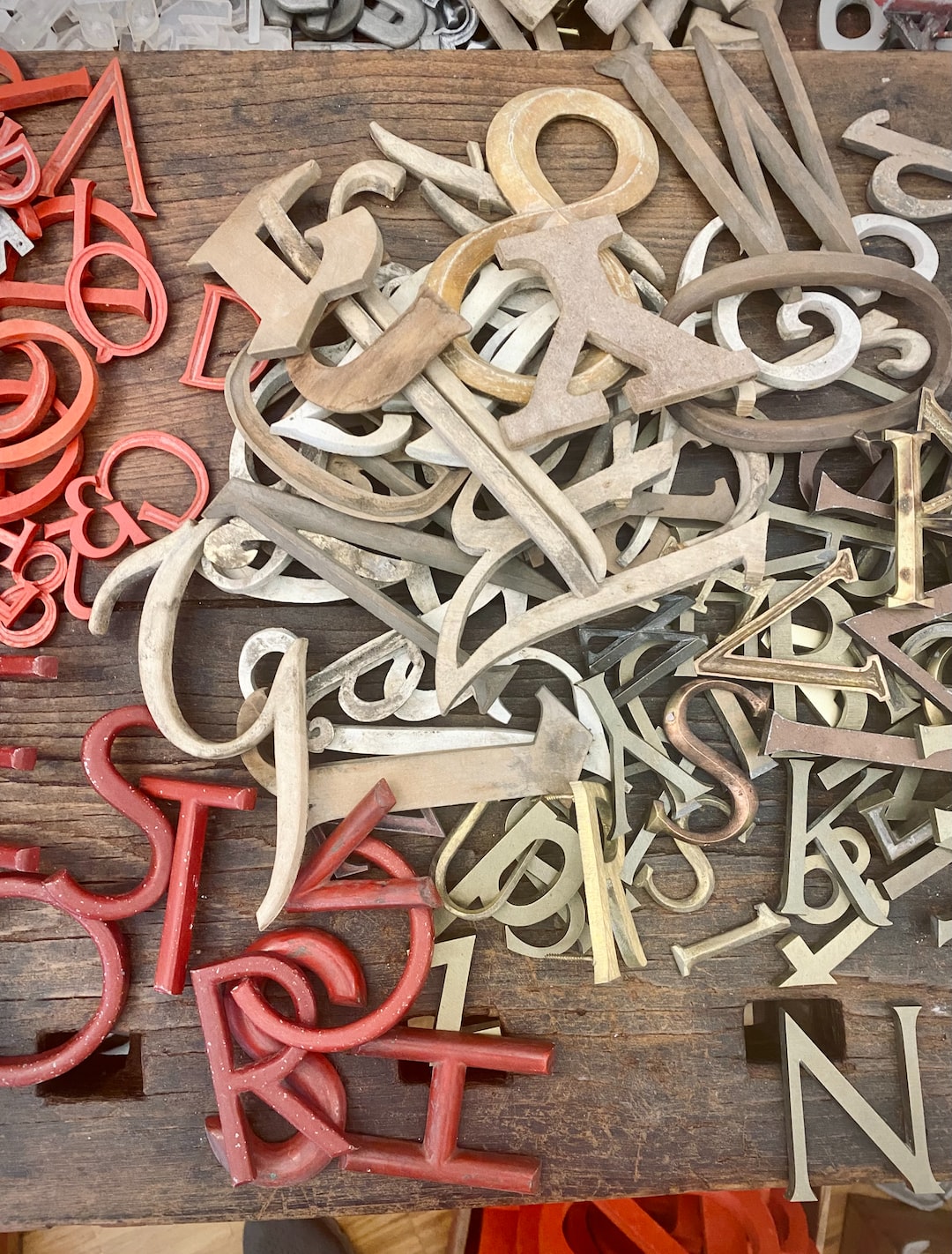Analyzing the Political Messages in Protest Art
Throughout history, art has often been used as a powerful tool to convey political messages. Whether it’s through paintings, sculptures, music, or performance art, artists have employed their creativity and artistic skill to raise awareness, challenge the status quo, and inspire social change. Protest art, in particular, serves as an effective medium to express political opinions and critique societal issues.
One of the fascinating aspects of protest art is its ability to capture the attention of a wide audience. By combining artistic expression with political messages, artists have the power to engage viewers emotionally and intellectually, provoking important discussions around various social and political problems. These messages can encompass a range of themes, such as inequality, racism, sexism, war, and environmental degradation.
For instance, one notable piece of protest art is the iconic Guernica painting by Pablo Picasso. Created in response to the Spanish Civil War, the artwork depicts the horrors of the bombing of Guernica in 1937. Through the use of sharp lines, distorted figures, and a monochromatic palette, Picasso successfully conveys the devastating effects of war and the suffering it inflicts upon innocent civilians. The painting serves as a poignant reminder of the horrors of war and the need for peace.
Similarly, the feminist art movement has employed protest art to challenge patriarchal norms and advocate for gender equality. Artists such as Judy Chicago, Guerrilla Girls, and Barbara Kruger have created powerful works that address issues of sexism, objectification, and discrimination. Their art aims to disrupt societal expectations and empower women to take control of their narratives. By placing these messages within the artistic realm, these artists reach a broader audience and prompt meaningful discussions about gender inequality.
Moreover, protest art has evolved with the digital age, as social media and technology provide new platforms for expression. Memes, digital illustrations, and online campaigns have become popular means of spreading political messages and creating a sense of collective activism. The internet has allowed artists to reach a global audience instantaneously, uniting people across borders with the shared goal of driving social change.
In conclusion, analyzing the political messages in protest art reveals the power of art to inspire, challenge, and inform. Through creativity and individual expression, artists have the ability to convey complex political issues in a visually striking and thought-provoking way. Protest art has the potential to ignite social movements, shape public opinion, and contribute to a more inclusive and just society. It reminds us of the transformative power of art and its essential role in fostering dialogue, empathy, and understanding. So, the next time you encounter a piece of protest art, take a moment to reflect on the political messages it carries and the impact it can have on our society.

